jl1975
No longer a newbie, moving up!
- Joined
- Aug 2, 2010
- Messages
- 248
- Reaction score
- 88
- Location
- Kingston, Ontario
- Can others edit my Photos
- Photos OK to edit
Ok, so I took a few shots with the new lens. AWESOME! I know I need to practice with this but so far I'm impressed.



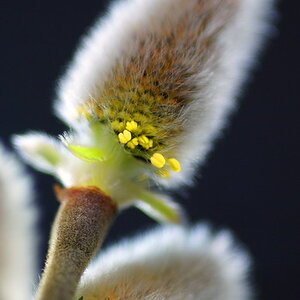
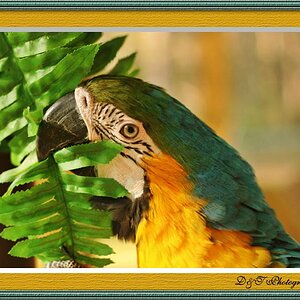
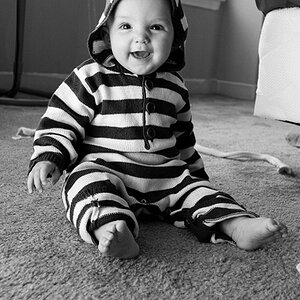

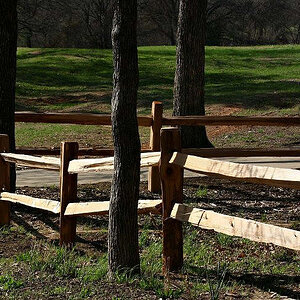
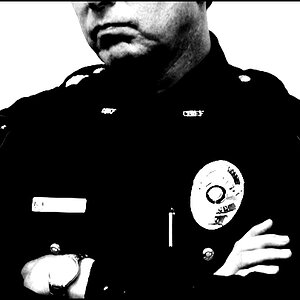
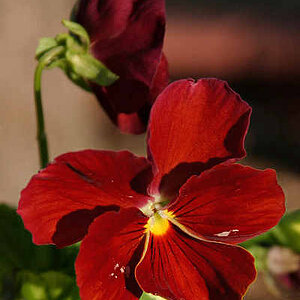
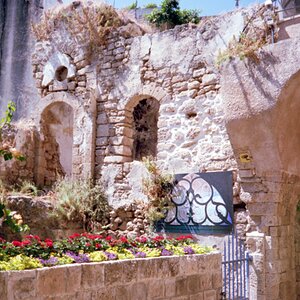

![[No title]](/data/xfmg/thumbnail/39/39293-55a527d2a9b287bf5e5b6d118abab22c.jpg?1619738958)
![[No title]](/data/xfmg/thumbnail/41/41492-467958db3420bceb7ab410a12dcc681f.jpg?1619739819)